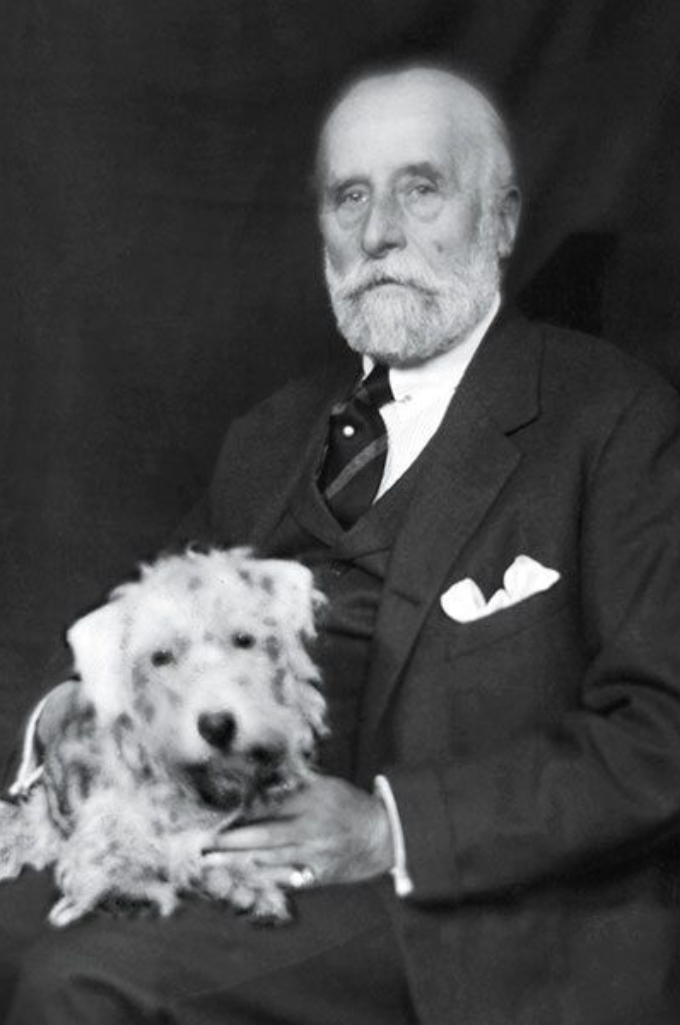The defense of tradition: the evolution of couture over time
- Camz

- Mar 29
- 4 min read
Sewing, the art of creating custom-made clothing, has complex historical roots, deeply embedded in specific social and cultural traditions. Originally, seamstresses were women who performed predominantly domestic tasks, carrying out repairs and alterations to garments. They were not seen as creators but rather as mere executants, serving men and their master tailors. The history of sewing as we know it today begins in a much earlier era, marked by a slow evolution, both social and artistic.
Sewing in the Middle Ages
During the Middle Ages and up until the 17th century, the status of seamstresses remained modest and often unrecognized. They were often subordinate to tailors, and their work was seen as secondary. It wasn't until 1675, following a royal ordinance by Louis XIV, that seamstresses obtained a certain form of legal and social recognition. Before this date, their role was limited to the simple making of garments, far from the concept of a creator. The royal ordinance allowed them to gain some legitimacy, but seamstresses were still a subcategory of master tailors and were subject to very strict regulations. Sewing activities were regulated, and seamstresses were divided into four major categories: seamstress for garments, for children's clothing, for linen, and for embellishments.
However, beyond these restrictions, seamstresses began to structure themselves. The arrival of iconic figures like Rose Bertin, the official seamstress to Marie-Antoinette, was one of the first signs of this evolution. Bertin, with her innovative vision and unique talent, would transform the perception of seamstresses, creating pieces that would become emblematic of court fashion. Her fame transcended the borders of France and spread to the salons of Europe. Bertin became a sort of pioneer in haute couture, even though the term did not yet exist.

Charles Frederick Worth: the creator of Haute Couture
In the 19th century, fashion underwent a decisive turning point following the French Revolution, which disrupted social order and hierarchies. This is where an essential name emerges: Charles Frederick Worth. In 1850, Worth, a former employee of the Parisian couture house Gagelin, founded his own haute couture house in Paris. What sets Worth apart from his predecessors is his avant-garde vision of the role of a couturier. Worth was not just a craftsman; he became the creator of a new fashion, a true artist of couture.

What makes Worth a pioneer is that he introduced a completely innovative approach: the collection. Gone is the idea of custom-made garments without coherence between them. Worth decided to create complete collections of clothing, presented in fashion salons. He established the concept of seasonality for collections, inspired by shifting trends but also by the social and cultural calendar. This marked the beginning of haute couture, with a designer at the heart of global clientele loyalty. His dresses, often showcased on live models, or "mannequins," were a great success. These models, the precursors to today's mannequins, became fashion icons and ambassadors for Worth's creations.
His reputation grew to the point where he became the couturier of royals, aristocrats, and the great fortunes of Europe. He dressed personalities like Empress Eugénie of Montijo, the wife of Napoleon III, thus creating a legend of French couture.

Other revolutionary designers...
Under the influence of Worth, other couturiers also revolutionized the world of fashion. Jacques Doucet, Paul Poiret, and Madeleine Vionnet helped strengthen this movement of creative and artistic liberation in the field of couture. Each one brought their personal touch, redefining elegance through new silhouettes, fabrics, and avant-garde approaches. Poiret, for example, is known for "liberating" women from the corset by creating more fluid, less restrictive dresses. Vionnet, on the other hand, revolutionized fabric cutting techniques, inventing methods that allowed greater freedom of movement while maintaining a feminine and elegant silhouette.
Haute couture thus developed around the vision of avant-garde designers who dared to mix art, innovation, and technique. Fashion became a platform for expression, not only for the body but also for the soul. Each collection was a work of art in itself, and each couturier was an artist creating unique pieces. In this context, haute couture became a domain where technique meets emotion, where the history of the garment comes to life.
Left : Jacques Doucet
Middle : Paule Poiret
Right : Madeleine Vionnet
The Creation of Major Luxury Fashion Houses
The 20th century continued to witness the development of this haute couture tradition. Major fashion houses such as Chanel, Dior, Balenciaga, and Givenchy pursued this quest for perfection and innovation. Their influence on global fashion is so profound that their creations no longer merely define trends, they shape the entire world. Their artistic and technical approach to couture has elevated haute couture to the status of a true art form.

Couture today
Today, couture remains a domain where tradition and innovation coexist, where the creativity of artisans merges with new technologies to meet the expectations of a discerning clientele. However, haute couture remains deeply rooted in history, upholding the traditions that gave rise to iconic designers, from Worth to Karl Lagerfeld, allowing fashion to become a living art form, a means of expression capable of capturing the spirit of the times while remaining faithful to timeless values.
Haute Couture
Haute couture, with its meticulous creations, ancestral techniques, and technical challenges, remains a unique world a form of expression where each creation tells a story, a dream, an ideal of beauty and perfection. Through couture, not only is exceptional craftsmanship preserved, but also a cultural and artistic heritage that continues to shape the history of fashion and art.
.png)







